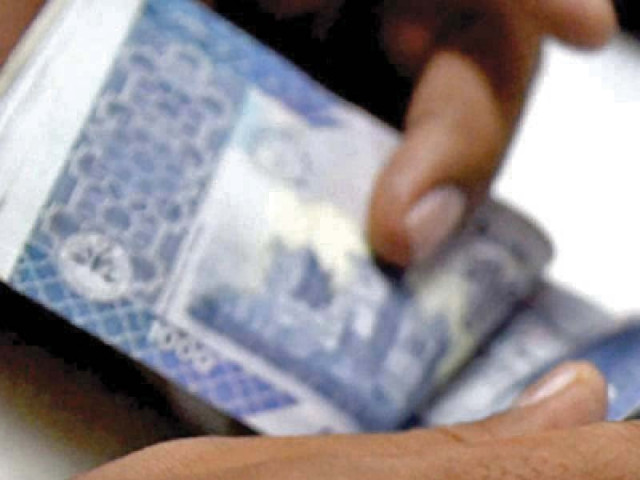Hike in policy rate to benefit banks
Banks’ earnings are projected to surge 20% during 2021-23

The surprise hike in the benchmark interest rate by the central bank this week and the outlook for a further rise in near future are expected to negatively impact the profit margins of majority of the businesses however, the development stands positive for the banking sector of Pakistan.
Banks’ earnings are projected to surge 20% during 2021-23 compared to 13% in first half (January-June) of the ongoing year 2021, Topline Research’s analyst Umair Naseer said in commentary.
Earlier on Monday, the central bank increased the benchmark interest rate by 25 basis points to 7.25% after holding the rate at 7% for the past 15 months.
Banks, who were waiting for the uptick, immediately hiked the cost of borrowing far more than what they pay the central bank for loans. The Karachi Interbank offered rate (Kibor) - the rate at which one bank offers loan to another one - and the rate of return on banks investment in government debt securities (T-bills) went up by 36 basis points during the week.
Research houses have anticipated that the central bank might increase the benchmark interest rate by another 75-125 basis points to 8-8.5% by June 2022.
In addition to uptick in the benchmark interest rate and Kibor, the significant growth in bank deposits from accountholders and excessive borrowing by the government from the commercial banks would support the financial institutions in making higher amount of money.
The increase in the interest rate will adversely affect majority of banking customers in the private sector.
Despite strong profitability during first half of 2021, Pakistani banks have underperformed compared to the benchmark KSE-100 index in 2021 to date as the BKTI (banking index) is down 4% while the KSE-100 index has grown 4%.
“Key factors behind the underperformance include foreign selling, preference for Shariah compliant non-banking stocks by investors and single digit policy rate,” Naseer said.
“We believe that with the beginning of monetary tightening by the State Bank of Pakistan, banks are anticipated to be back in limelight,” he said. “We expect the State Bank of Pakistan (SBP) to continue to tighten the monetary policy and gradually increase policy rate by 75 basis points till June 2022 to 8% which will bode well for the banking sector’s net interest margins (NIMs).”
Ismail Iqbal Securities Head of Research Fahad Rauf expected a further increase of 125 basis points to 8.5% till June 2022.
Naseer added that the research house has also witnessed higher than expected increase in Kibor and T-bill rates compared to the increase in policy rate, which is likely to further support banks’ margins. Since the monetary policy statement (MPS) was announced on September 20, 2021, the six-month Kibor and T-bill rate is up by 36 basis points.
The rise in interest earnings on assets is likely to be more profound than rise in minimum profit rate which increased by 25bps only.
In first half of 2021, banking sector profitability also remained better than street consensus and grew by 13% compared to the same period last year. “This was primarily due to improved asset quality and lower provisions (bad and non-performing loans) along with better than anticipated deposit growth.”
Deposits in June 2021 grew by 22% to Rs19.8 trillion compared to the same month last year. Latest numbers also indicate continuation in deposit growth momentum which was up 17% till September 10, 2021. Net NPL ratio of the sector improved to 0.6% in June 2021 (1.1% in June 2020), he noted.
“Thus, we revise our deposit growth assumption to 15% for 2021-2023 against previous projection of 13%,” he said. “We also incorporate impact of lower NPL ratio and higher than expected rise in KIBOR and T-bill rates and consequently, our banking universe earnings are revised up on average 20% for 2021-2023,” he said.
The increase in rate, however, may make it challenging for banks to increase their advance to deposit ratio (lending to the private sector) to 50% or above to avoid paying additional taxation of 2.5-5% this year.
Published in The Express Tribune, September 26th, 2021.
Like Business on Facebook, follow @TribuneBiz on Twitter to stay informed and join in the conversation.



















COMMENTS
Comments are moderated and generally will be posted if they are on-topic and not abusive.
For more information, please see our Comments FAQ